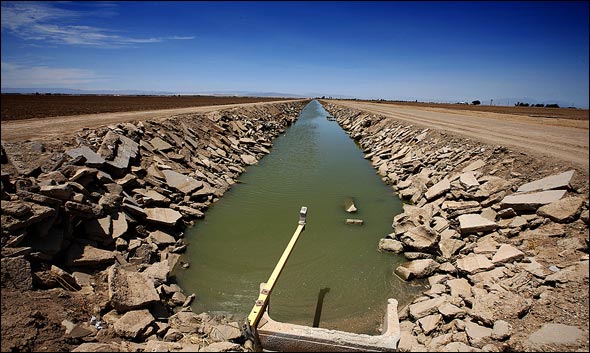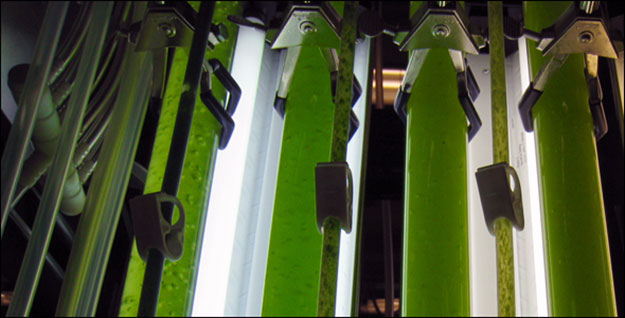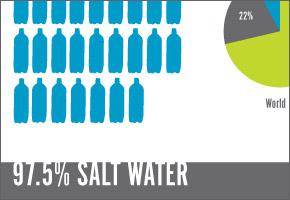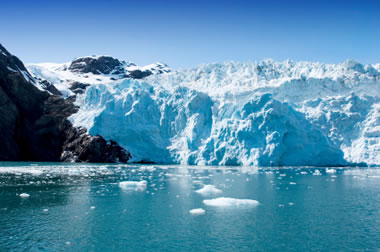This week we continue counting down the 19 best solutions to the global freshwater crisis captured by a GlobeScan and SustainAbility poll of more than 1200 leading international experts in 80 countries. Here’s the final list.
 Virtually every industry in the world anticipates sweeping systemic transformation over the next decade in their strategic planning, production practices, and business models, according to the Sustainability Survey Poll on Water. The global opinion poll, which released a survey of more than 1,200 sustainability experts in March, concludes that water shortages will shift public perception of the value of water, prompting governments and companies to view clean water not as a commodity to exploit but as a precious resource. Read more
Virtually every industry in the world anticipates sweeping systemic transformation over the next decade in their strategic planning, production practices, and business models, according to the Sustainability Survey Poll on Water. The global opinion poll, which released a survey of more than 1,200 sustainability experts in March, concludes that water shortages will shift public perception of the value of water, prompting governments and companies to view clean water not as a commodity to exploit but as a precious resource. Read more











